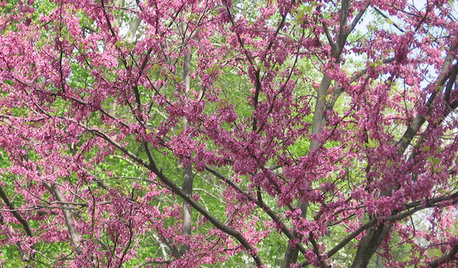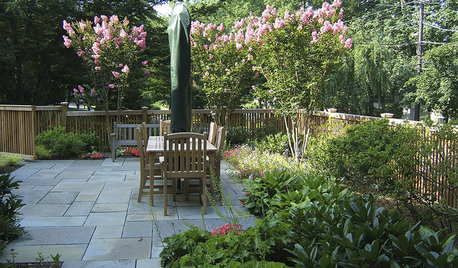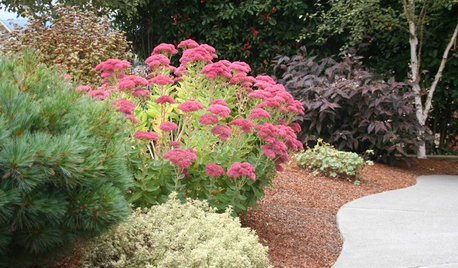Do ornamental pears selfseed?
mulberryknob
11 years ago
Related Stories

EDIBLE GARDENSWhy Grow Quince? For Beauty, Fragrance and Old-Time Flavor
Delightfully perfumed fruit and lovely spring blossoms make this apple and pear cousin worth a spot in the garden
Full Story
SUCCULENTSAmazingly Low-Maintenance Picks for Outdoor Planters
Turn to succulents, cacti and ornamental grasses to keep your summer watering and care to a minimum
Full Story
GARDENING GUIDESVegetables and Flowers Mix in Beautiful Edible Gardens
Ornamentals, meet your edible garden mates. We know you'll get along just beautifully
Full Story
GARDENING GUIDESGreat Design Plant: Eastern Redbud
With romantic pink blooms and heart-shape leaves, this ornamental tree has been inspiring affection since the days of the founding fathers
Full Story
GARDENING GUIDESGreat Design Plant: Crape Myrtle
With long-lasting blooms and gorgeous exfoliating bark, this ornamental tree brings bright color and a unique form to the landscape
Full Story
TRADITIONAL STYLETassels Tie a Refined Window Look Together
Embellish your drapes in opulent fashion using the ornaments that fascinated wealthy Europeans of old
Full Story
GARDENING GUIDESPacific Northwest Gardener's August Checklist
Deadheading perennials, cutting raspberry canes and preparing for the onion harvest keeps Northwest gardeners busy in August
Full Story
MOST POPULARHouzzers Deck the Halls
From traditional to quirky to innovative, readers show their Christmas tree style
Full Story
GARDENING GUIDESCalifornia Gardener: What to Do in July
Active green thumb or not, top priorities for peak fruit and veggie season: watering, feeding, keeping up with growth
Full Story
GARDENING GUIDESGarden-Friendly Native Alternatives to Overplanted Exotics
There are lots of gorgeous, wildlife-friendly native plants ready to make an appearance in your garden
Full Story





slowpoke_gardener
mulberryknobOriginal Author
Related Professionals
Derry Landscape Architects & Landscape Designers · McKinney Landscape Contractors · Elmhurst Landscape Contractors · Ronkonkoma Landscape Contractors · Soddy Daisy Landscape Contractors · Sugar Hill Landscape Contractors · West Coon Rapids Landscape Contractors · West Haverstraw Landscape Contractors · Norridge Landscape Contractors · Lincolnton Decks, Patios & Outdoor Enclosures · Miami Decks, Patios & Outdoor Enclosures · New Albany Decks, Patios & Outdoor Enclosures · New Berlin Decks, Patios & Outdoor Enclosures · Palm Beach Gardens Decks, Patios & Outdoor Enclosures · Towson Decks, Patios & Outdoor EnclosuresOkiedawn OK Zone 7
slowpoke_gardener
soonergrandmom